
Chengdu Shengshi Huitong Medical Technology Co., Ltd.

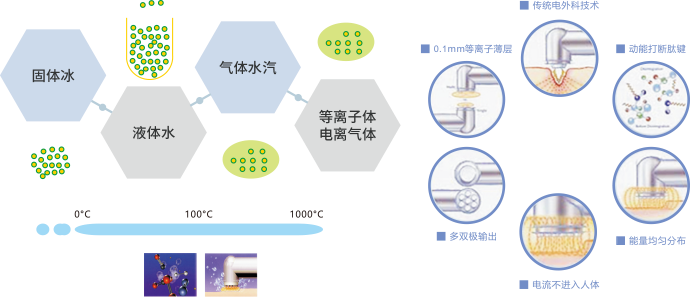
| Working mode | Cutting and ablation mode | Hemostasis mode |
|---|---|---|
| Mode 1 | RF 10 Grade | RF 10 Grade |
| Working mode | Cutting and ablation mode | Hemostasis mode |
|---|---|---|
| Mode 1 | RF 10 Grade | RF 10 Grade |
| Working mode | Cutting and ablation mode | Hemostasis mode |
|---|---|---|
| Mode 1 | RF 10 Grade | RF 10 Grade |
| Working mode | Hemostasis mode | |
|---|---|---|
| Mode 1 | RF 10 Grade | RF 10 Grade |
| Mode 1 | RF 10 Grade | RF 10 Grade |
| Mode 1 | RF 10 Grade | RF 10 Grade |
| Mode 1 | RF 10 Grade | RF 10 Grade |
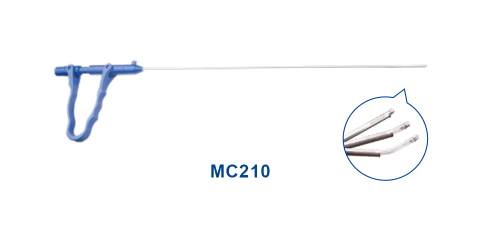
| Model | Blade shape | Working length | Blade OD | Working and outer diameter | Use |
|---|---|---|---|---|---|
| MC203 | Hemispherical blade 45° | 360mm | 2.5mm | 1.9mm | Hemostasis and ablation under transforaminal endoscope |
| MC210 | Hemispherical blade 45° | 354mm | 2.5mm | 1.8mm | Hemostasis and ablation under transforaminal endoscope |
| MC213 | Hemispherical blade 45° | 360mm | 2.5mm | 1.8mm | Hemostasis and ablation under transforaminal endoscope |

| Blade | Model | Shape | Length | OD | Number of needles | Use |
|---|---|---|---|---|---|---|
 | MC203 | Hemispherical blade 45° | 360mm | 2.5mm | 1.9mm | Hemostasis and ablation under transforaminal endoscope |
 | MC210 | Hemispherical blade 45° | 354mm | 2.5mm | 1.8mm | Hemostasis and ablation under transforaminal endoscope |
 | MC213 | Hemispherical blade 45° | 360mm | 2.5mm | 1.8mm | Hemostasis and ablation under transforaminal endoscope |
 | MC213 | Hemispherical blade 45° | 360mm | 2.5mm | 1.8mm | Hemostasis and ablation under transforaminal endoscope |
 | MC213 | Hemispherical blade 45° | 360mm | 2.5mm | 1.8mm | Hemostasis and ablation under transforaminal endoscope |
 | MC213 | Hemispherical blade 45° | 360mm | 2.5mm | 1.8mm | Hemostasis and ablation under transforaminal endoscope |
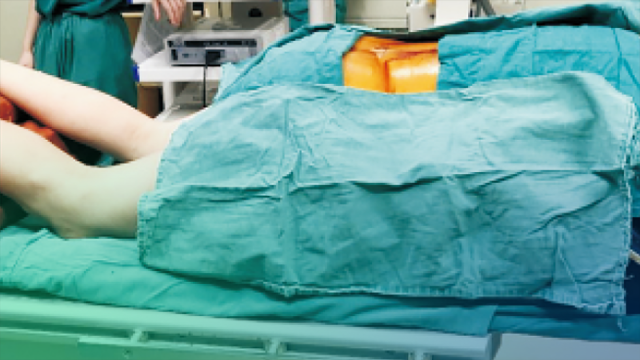
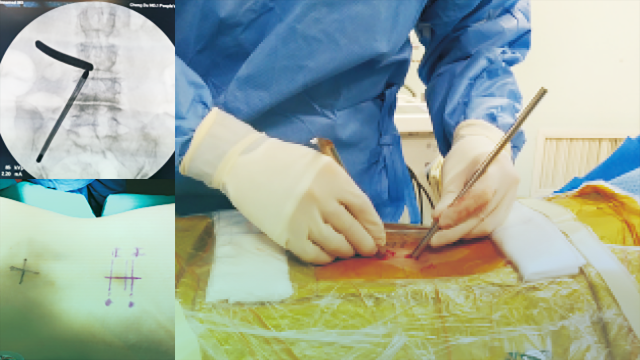
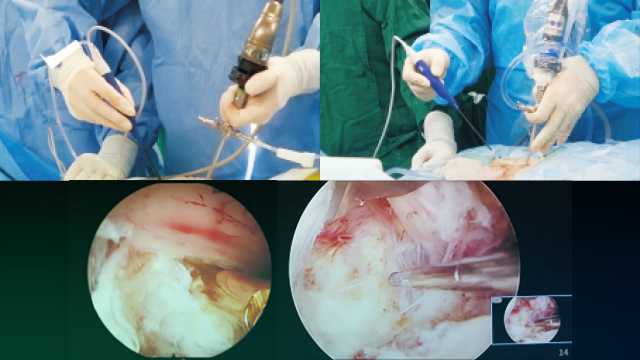
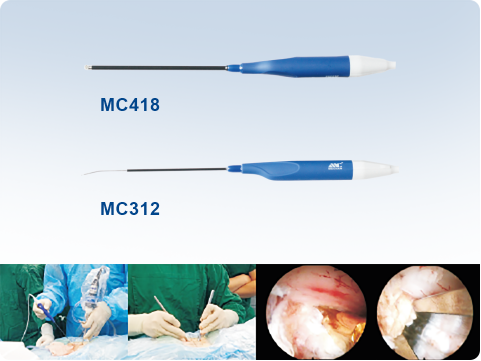








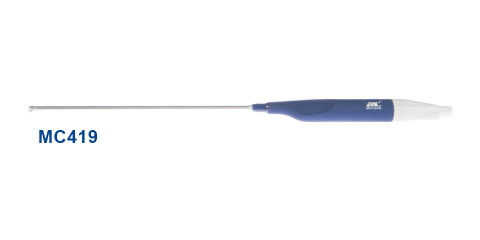
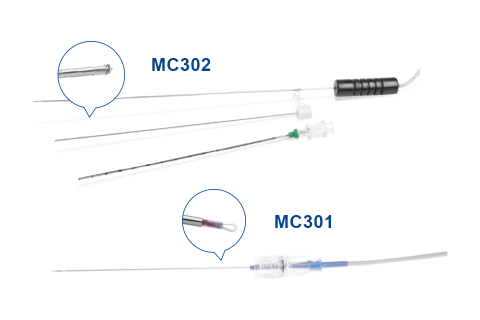
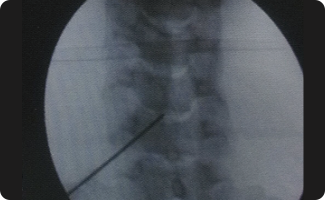

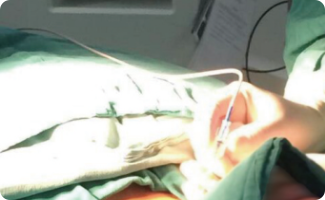
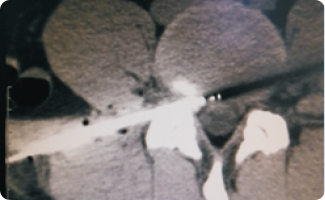
| Model | Blade shape | Working length | Blade OD | Working and outer diameter | Use |
|---|---|---|---|---|---|
| MC203 | Hemispherical blade 45° | 360mm | 2.5mm | 1.9mm | Hemostasis and ablation under transforaminal endoscope |
| MC210 | Hemispherical blade 45° | 354mm | 2.5mm | 1.8mm | Hemostasis and ablation under transforaminal endoscope |
| MC213 | Hemispherical blade 45° | 360mm | 2.5mm | 1.8mm | Hemostasis and ablation under transforaminal endoscope |